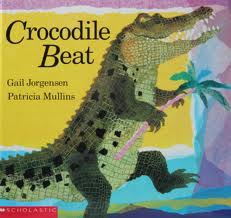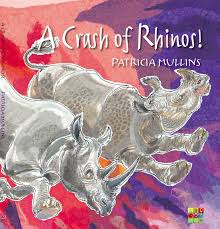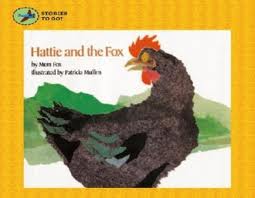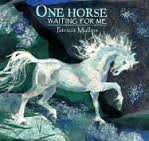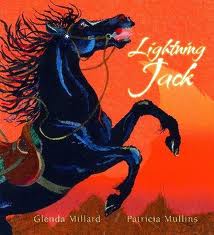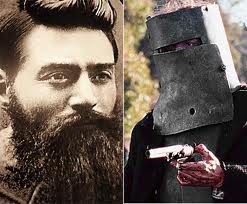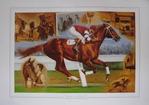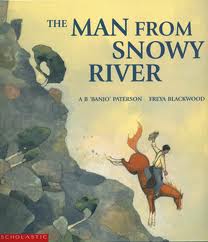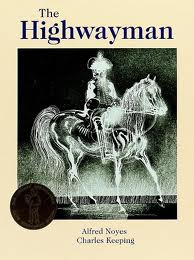What an amazing book!
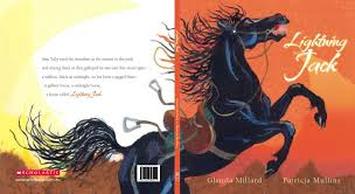
This book is written in the style of a rhyming ballad - a poem that tells a story. The language is very descriptive and when you read it out lot it feels as though the horse is galloping along.
All the pictures have been created with torn tissue paper made into a collage! Wow, what a lot of work and effort!
Cleverly, the author, Glenda Millard, has interwoven other Australian texts and historical stories into this remarkable book. You would need to read this many times to fully appreciate just how much has been woven into the text and the illustrations, it truly is a work of art.
All the pictures have been created with torn tissue paper made into a collage! Wow, what a lot of work and effort!
Cleverly, the author, Glenda Millard, has interwoven other Australian texts and historical stories into this remarkable book. You would need to read this many times to fully appreciate just how much has been woven into the text and the illustrations, it truly is a work of art.
See these other picture books that Patricia Mullins has illustrated with the paper tearing collage technique
Sharing the text - Use the printed teacher notes as you follow this sequence

- Show your class the front cover of Lightning Jack with one of Patricia Mullins’s favourite pictures. Ask them what they think of when they look at this picture. What sort of story are they expecting?
- Ask them what they notice about the textures on the front and back covers – and maybe the endpapers and title pages. [It looks like gift wrapping paper.]
- Ask, ‘Which other picture books by Patricia Mullins (illustrator) have you read? What do you know about her pictures?’ Look at some examples on display and pictured above.
- Before you start to read the words, show your students the first double spread on pp4-5. Ask them which horse they think might be particularly interesting to the boy. Ask them what is unusual about this horse’s appearance. Ask, ‘Where else have you seen a marking like that?’
- Read the words on pp.4-5. ‘Why do you think he is called a “midnight horse”?’
- Ask your students what they notice about the language Glenda Millard is using.
- Read as far as Patricia Mullins’s other favourite picture: pp.12-13, where Sam is about to lasso the steer. Ask the students what a ‘grazier’ is and ask them to point him out.
- Read the last four lines again – slowly. Ask what the grazier is suggesting. [He wants Sam’s horse and he will trade him 500 head of cattle for it.]
- Read through to the meeting with Ned Kelly on the edge of the cliff. Ask your students what they think will happen next.
- Read to the end of the story. When you reach the city and the carousel, ask everyone to think back to the beginning of the story. ‘So why did the story start with a picture of Sam leaning on a fence to watch a muster?’
What do you think the story was about?
Ask the children to explain what they thought happened in the book.
What part did imagination play in the story?
What clues earlier in the book, did we glimpse about a carousel?
What did you think of this story?
Do you think it has a chance to win this category of Best Picture Book? Why or why not?
What part did imagination play in the story?
What clues earlier in the book, did we glimpse about a carousel?
What did you think of this story?
Do you think it has a chance to win this category of Best Picture Book? Why or why not?
Activity if time permits.....
- Use the resources on display to do some of the following:
2. Find out more about Phar Lap
3. Find the poem ‘The Man From Snowy River’, tell us something about the author, read us a few stanzas of your choice from that poem and tell us about any echoes of the poem that you hear in Lightning Jack.
4. Find the poem ‘The Highwayman’, tell us something about the author, read us the first few stanzas and tell us about any echoes of that poem that you hear in Lightning Jack.
5. Find out who Ned Kelly was. Should Ned Kelly be so famous when he did things that were so wrong?
